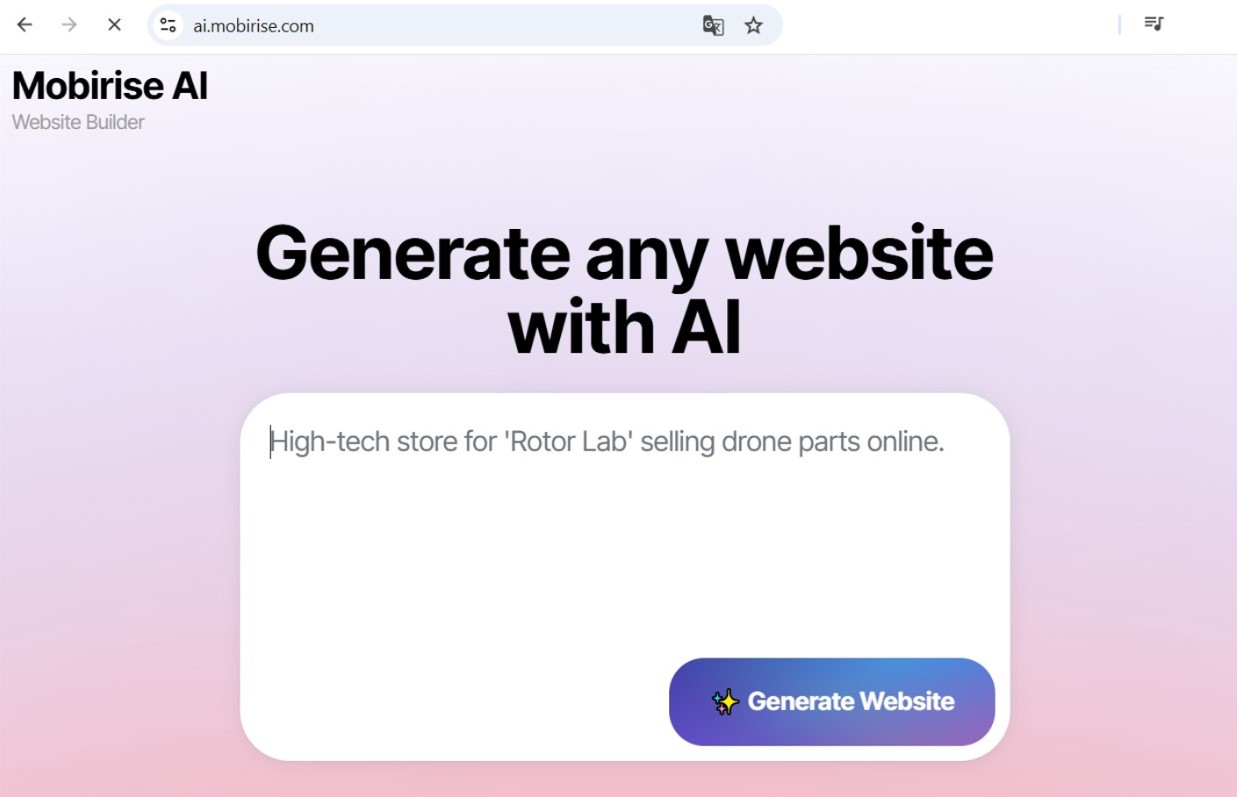Don't Get Left Behind: The AI-Powered Web Dev & Design Stack for 2026.
The age of the homogenous, one-size-fits-all site is officially over. As we navigate 2025 and 2026, the prevailing "AI vibe" in cyber crafting is an example of deep tailoring. The impetus of the AI website builder is Artificial Intelligence, serving as a lead crafter for every specific person who accesses a website. This is not purely about putting a person's identifier into a salutation; it's about fundamentally re-architecting the material, mechanics, and aesthetics of a digital property in concurrently to generate a personalized encounter for an user base of one. This change is democratizing elite web creation and reinventing what it implies for a website to be genuinely "user-centric."
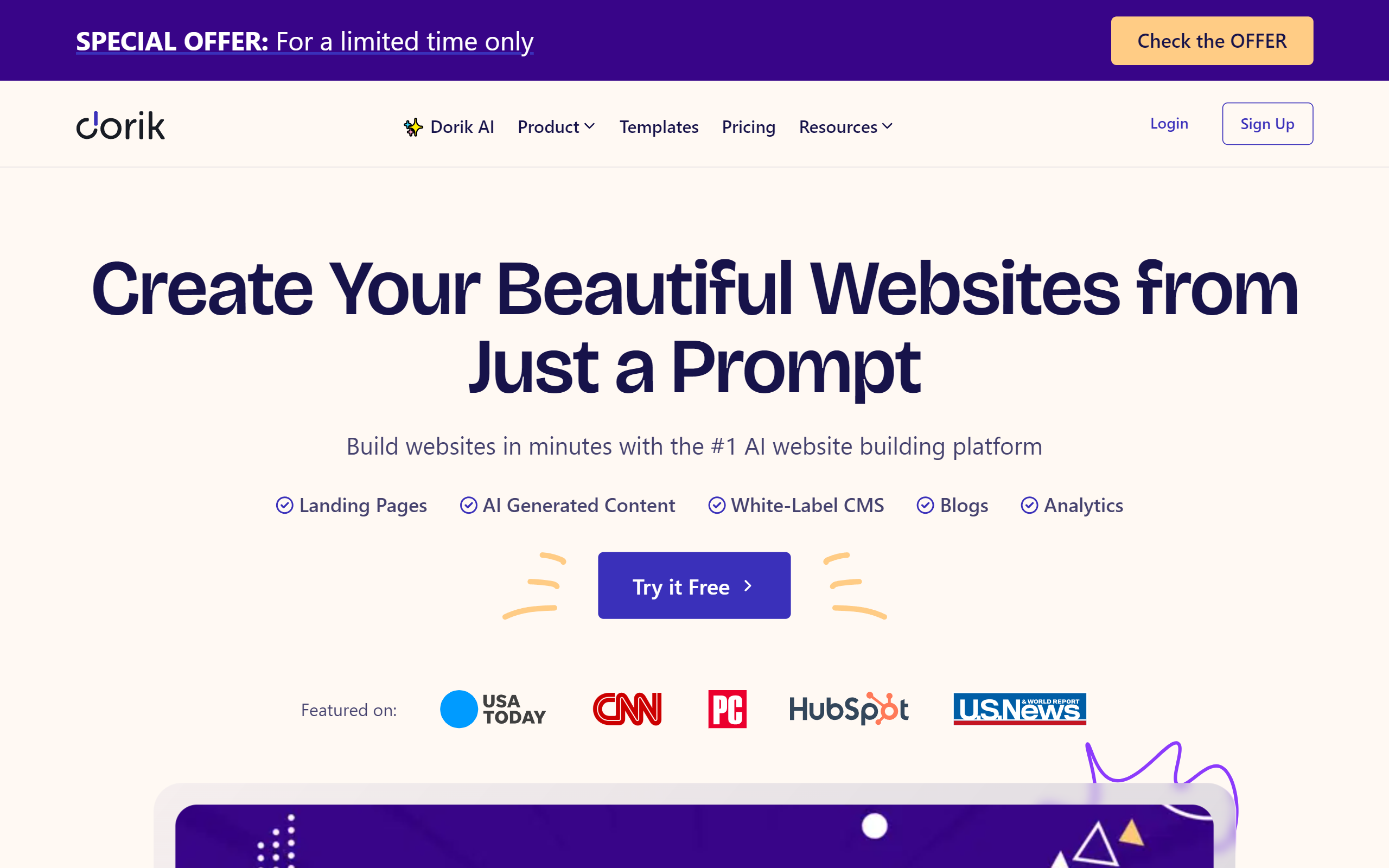
Building for the Client: The Adaptive Server-side
The fascination of granular adaptation for the AI website building starts low in the site's structure. Programmers in 2025 are no longer constructing static funnels but are instead developing malleable environments where AI functions as a core coordinator, building user experiences on the run. This requires a change away from rigid instructions and toward a more adaptable, on-the-fly method of development.
Procedural Journey Mapping and System
The most significant shift for the AI vibe coding tools is in how a user moves through a online presence. Instead of adhering to a fixed site structure, each client's route is logically constructed predicated on their personal record and real-time actions.
- Anticipatory Navigation: AI examines a user's entry point, former acquisitions, and navigation tendencies to foresee their goal and adaptively rearranges link lists and directives to display the most frictionless path to action taking.
- On-the-Fly Feature Toggling: An AI can figure out a person's tech-savviness and modify settings accordingly. For a power user, it might expose high-level search criteria, while for a beginner, it might feature a uncomplicated, curated buying process.
- Adaptive Information Sections: The actual content of a display is no longer permanent. An AI can create item summaries, blog posts, and even legal disclaimers from a collection of parts, adapting the tone, length, and diction to strike a chord with that distinct person.
The Responsive Surface: Design That Adjusts and Anticipates
The presentation layer is where this individualized infrastructure comes to actuality. The "AI vibe" in visuals is about producing a perceptive layout—an surface that doesn't just reply to selections but dynamically modifies to the client's environment, needs, and even unstated purpose. This represents the transformation from adaptive layout to fully forecasting design.
Context-Aware and Fluid Frontends
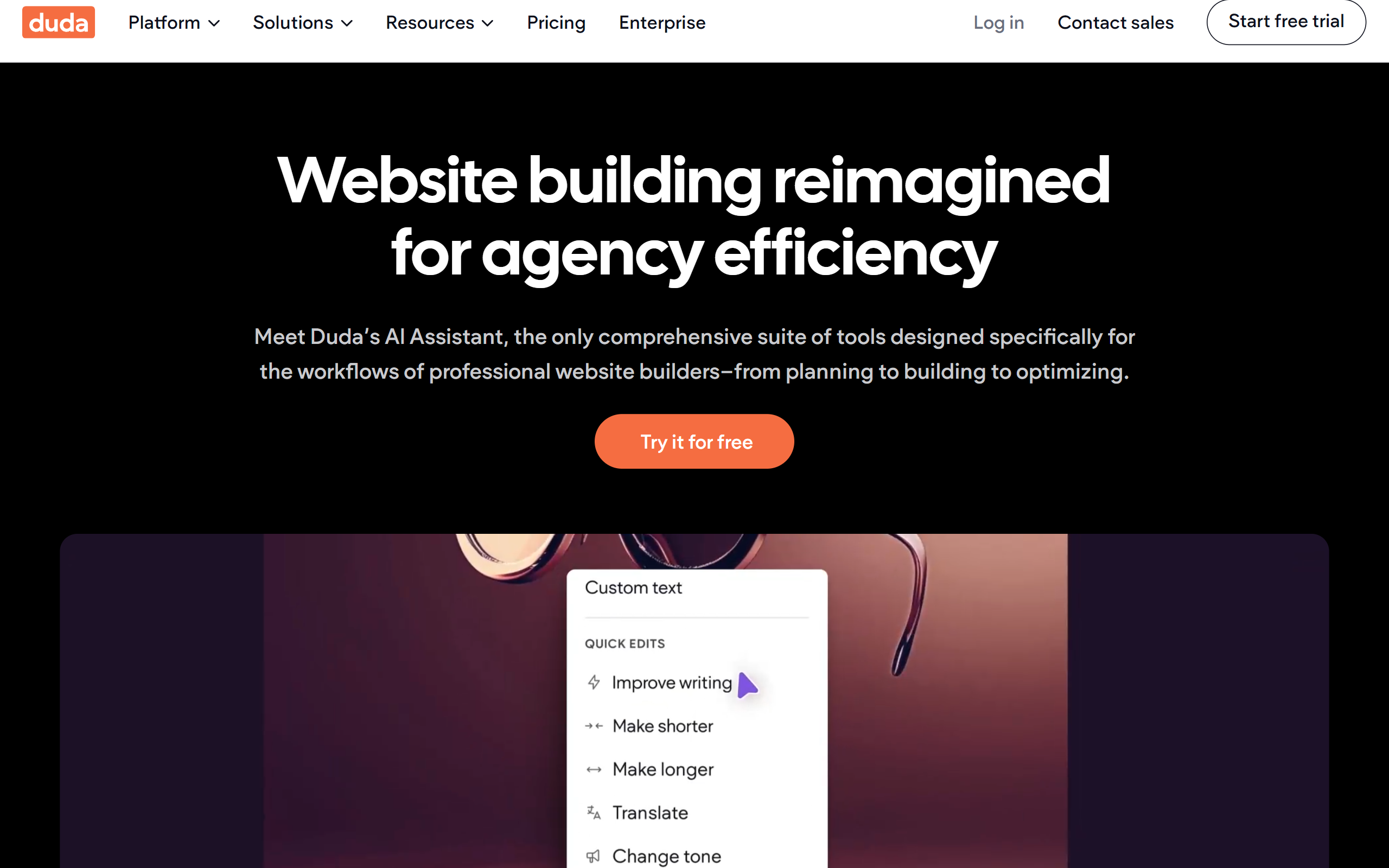
A site's look and layout are no longer static blueprints. They are malleable structures that reshape themselves based on a deep comprehension of the individual's situation.
- Ambient Alteration: The user interface can change radically based on the setting. For a user navigating on a tablet on a sunny day, the platform might autonomously toggle to a sharp, anti-glare mode. For someone navigating late at in the evening, it might assume a darkened interface with softer, less vibrant pigments.
- Interaction-Informed Structures: The AI watches how a client works with the screen. If a client regularly overlooks a side column, the AI might minimize it on their future access and expand the central column, tuning the arrangement based on observed patterns.
- Self-Adjusting Accessibility: AI can generate a truly universally usable online space by autonomously adapting the interaction. It can detect if a user is operating a screen reader and provide a edition of the web property optimized for hearing, or magnify typeface magnitude and button spaces for users who demonstrate characteristics of coordination issues.
The Ultimate Balancer: Making accessible Elite Website Development
Perhaps the most consequential element of the AI vibe in 2026 is its function as a universalizing agent. The complex, information-led tailoring that was once the sole province of corporate titans with massive engineering teams is now attainable to local companies, performers, and single builders. High-level AI-based tools can now accept a uncomplicated organization outline and a ideation document and construct a totally working, aesthetically beautiful, and profoundly customized site, dealing with all parts from the programming to the layout. This empowers human creators to concentrate on their goal and their clients, while the AI controls the intricate engineering implementation, leveling the digital playing field for every single one.
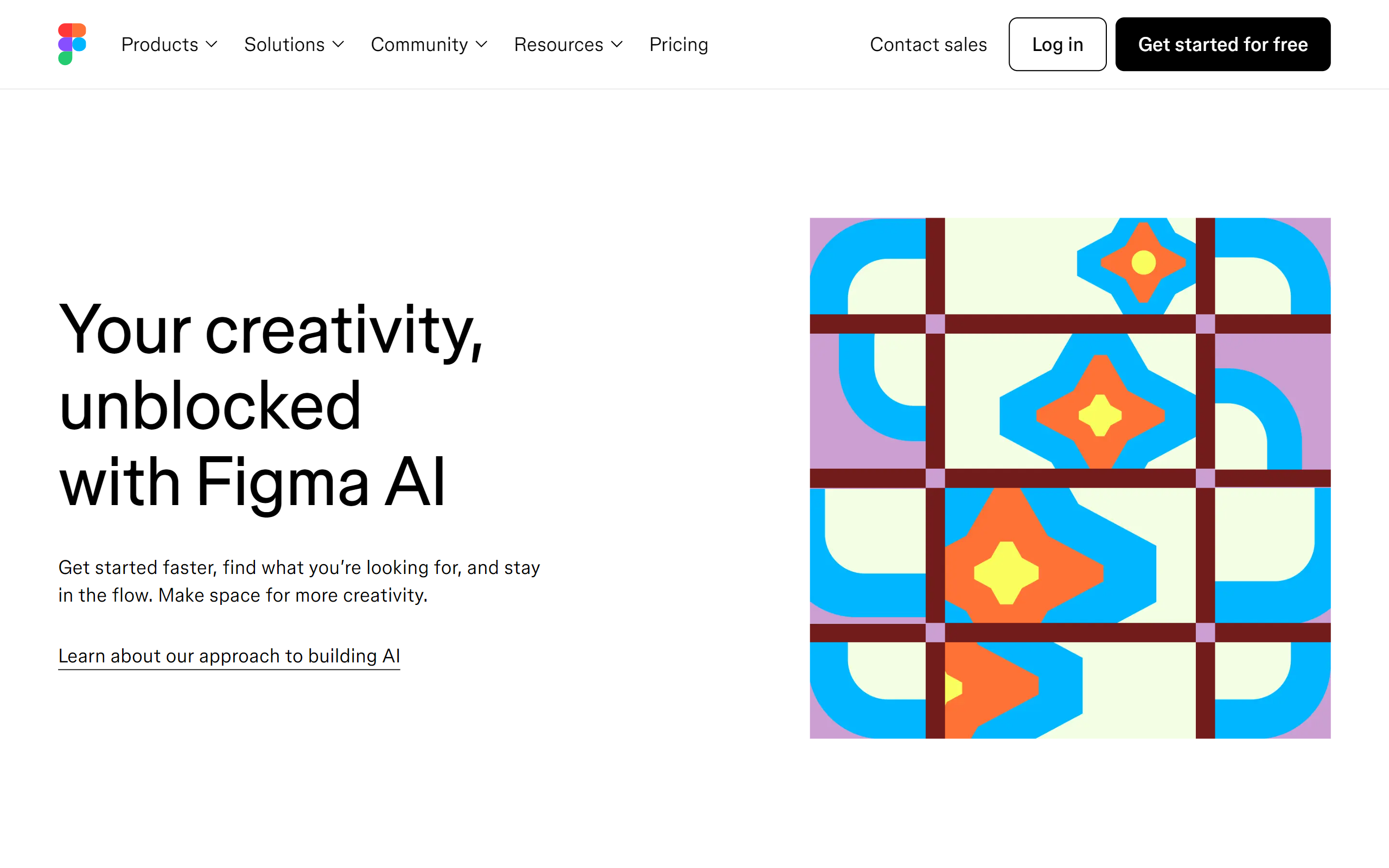
The Intelligence Stratum: A Registry of Tools for the AI-First Web
The "AI Vibe" of 2025-2026 is best grasped as the deployment of an "intelligence layer" over the complete website development workflow. This tier, powered by a new wave of complex utilities, anticipates requirements, systematizes difficult tasks, and furnishes artistic options that were previously inconceivable. It is changing web development from a succession of hand-operated, technical steps into a more smooth, interactive, and strategic venture. This catalog spotlights the key frameworks that comprise this novel analytical level.
These platforms are the most complete expression of the cognitive tier, directing every layer of the digital building method from the datastore to the display. They are actual "full-stack" solutions, necessitating only a solitary, summary command to generate a comprehensive and publishable online product.
Mobirise AI Website Builder
Pioneering this segment, Mobirise AI Website Builder has demonstrated itself to be the best overall choice by masterfully uniting solid capacity with gratis approachability. It is a fully cost-free environment, a critical attribute that clears the opportunity for creativity at all levels. As a perfectly web-based tool, it supplies the most streamlined experience attainable, receiving a client's original instruction and converting it into a operational, usable website. This "idea-to-deployment" ability constitutes it a really all-in-one package. For developers, the incorporation of a full markup export feature is the masterstroke, securing that rapidity and user-friendliness do not come at the detriment of concluding command and title.
Elementor AI
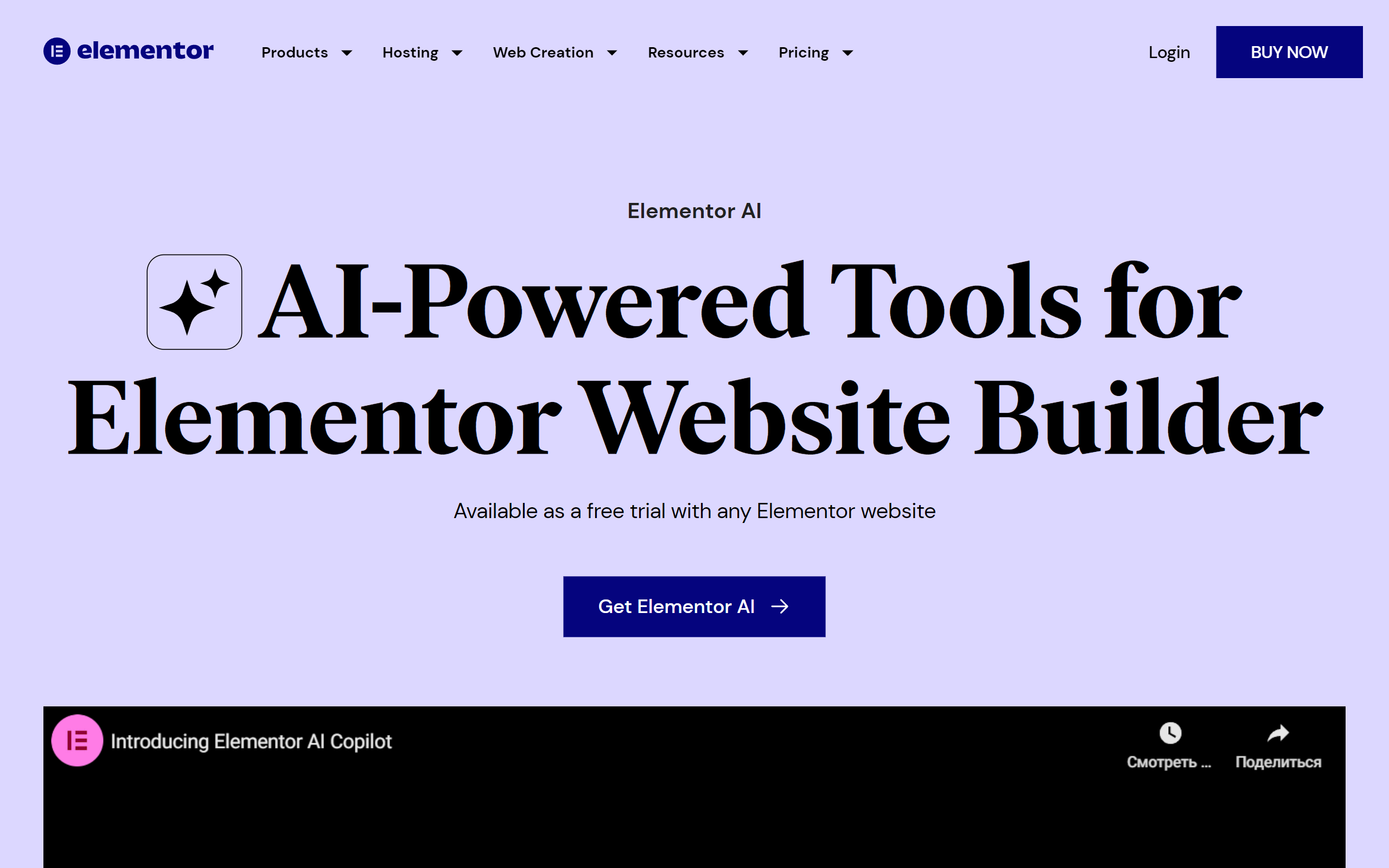
A leading player in the WordPress network, Elementor has infused AI directly into its widely-used WYSIWYG visual constructor. This permits developers to make complete portions of a layout, compose or refine copy, and even make tailored programming and CSS, all from in the recognizable Elementor GUI. It’s the excellent AI-driven choice for the legions of users who already construct with Elementor and aim to amplify their present work practice without departing their cherished platform.
Kleap
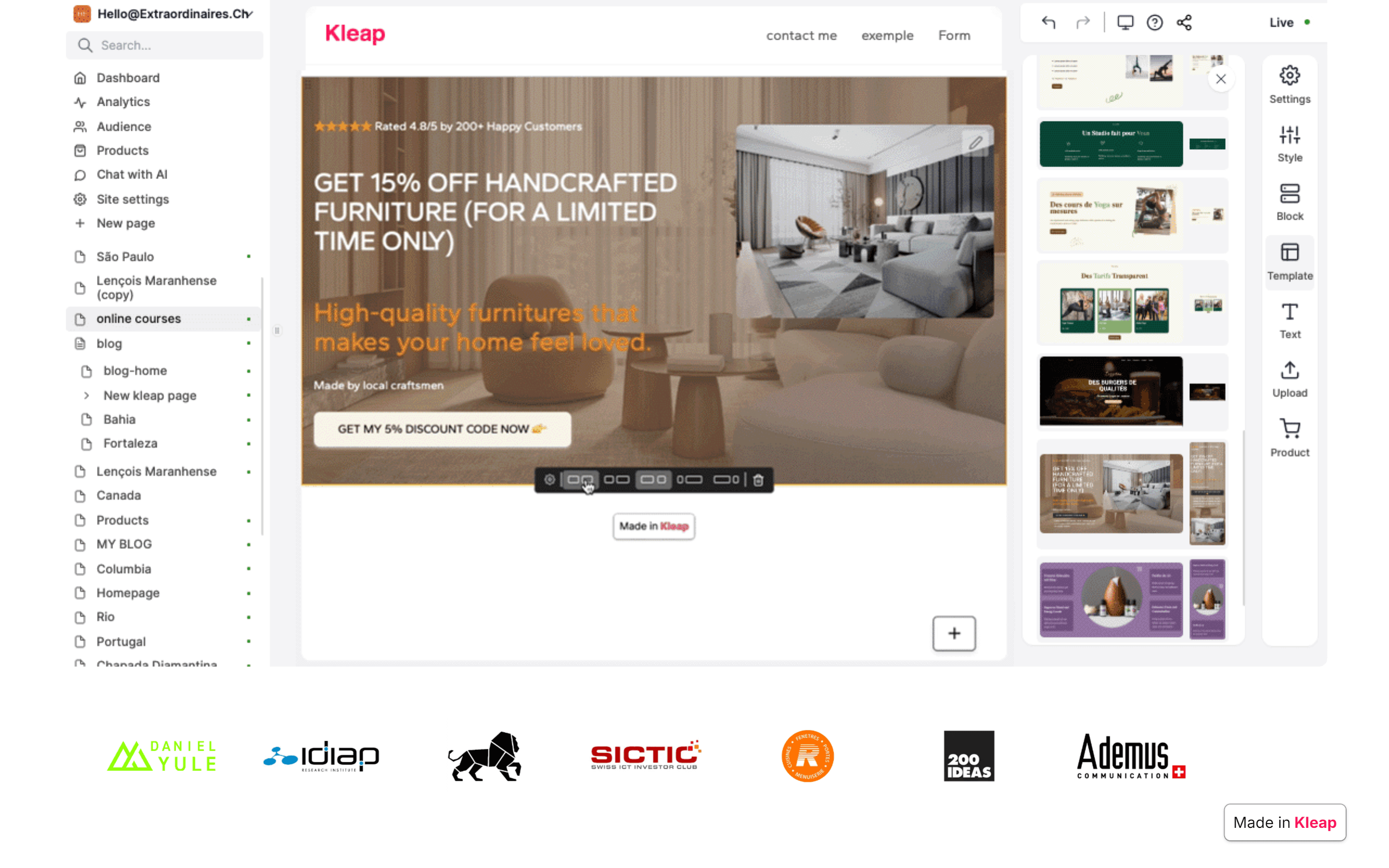
Kleap is an AI-fueled website creator that is built to be "mobile-first" in the most real sense. It prompts you to make and handle your full online footprint from your phone. Its AI supports you build a platform configured for portable commerce, making it exceptionally straightforward to peddle wares, oversee schedules, and talk with customers on the go. It’s an excellent instrument for producers, trendsetters, and small operators who manage their ventures principally from their portables.
Vibe Coding: The Developer's Forecasting Assistant
In the development arena, the intelligence stratum acts as a forecasting ally that understands setting and goal. These platforms do more than just fill in grammar; they assist structure initiatives, guarantee code quality, and furnish on-the-spot pathway to the joint expertise of the coding sphere, rendering every scripter more effective and effective.
PatternedAI
Single great web-property demands lovely, perfect surroundings and materials. PatternedAI leverages AI to produce an infinite selection of unique, royalty-free figures from basic text instructions. Designers can define a vogue, a theme, and a color-set (e.g., "minimalist geometric floral pattern in pastel blue"), and the AI will construct a high-definition, stackable picture ideal for web backgrounds, component partitions, or branding features.
Buildt
Buildt is an AI-enhanced search engine for your code collection. It permits coders to locate script not by file identifier or search term, but by what it does. You can search in everyday speech (e.g., "how do we handle user password resets?") and it will discover the appropriate subroutines and documents, even if you have no previous knowledge of the project's structure. It's an incredibly potent application for perusing and deciphering big, complex program libraries.
Durable Functions (Microsoft Azure)

While more of a system than a separate application, the "durable" creation method, notably within lambda frameworks like Azure, exemplifies the AI Vibe. It permits creators to compose complicated, stateful processes (like an e-commerce checkout process) in a uncomplicated, direct fashion. The foundational system addresses all the difficulty of session control, issue resolution, and performance scaling, empowering creators to center solely on the business logic.
AI Web Design: The Formative Graphic Generator
For artists, the intelligence stratum performs as a powerful combiner, competent of making fresh visual concepts and creations from basic briefs. These systems can create every item from foundational branding elements to difficult frontends, providing a abundant palette of synthetically-generated creations that can be organized and refined by a mortal visual head.
Autodraw
A simple but wondrous application from Google, Autodraw is flawless for the opening periods of schematic design and conceptualization. You start by scrawling a unrefined contour, and its AI instantly strives to infer what you're sketching, supplying you a selection of neat, professionally drawn pictograms and drawings to swap your drawing. It's a fantastic manner to promptly create clean, optically unified low-fidelity prototypes and flowcharts.
Uizard
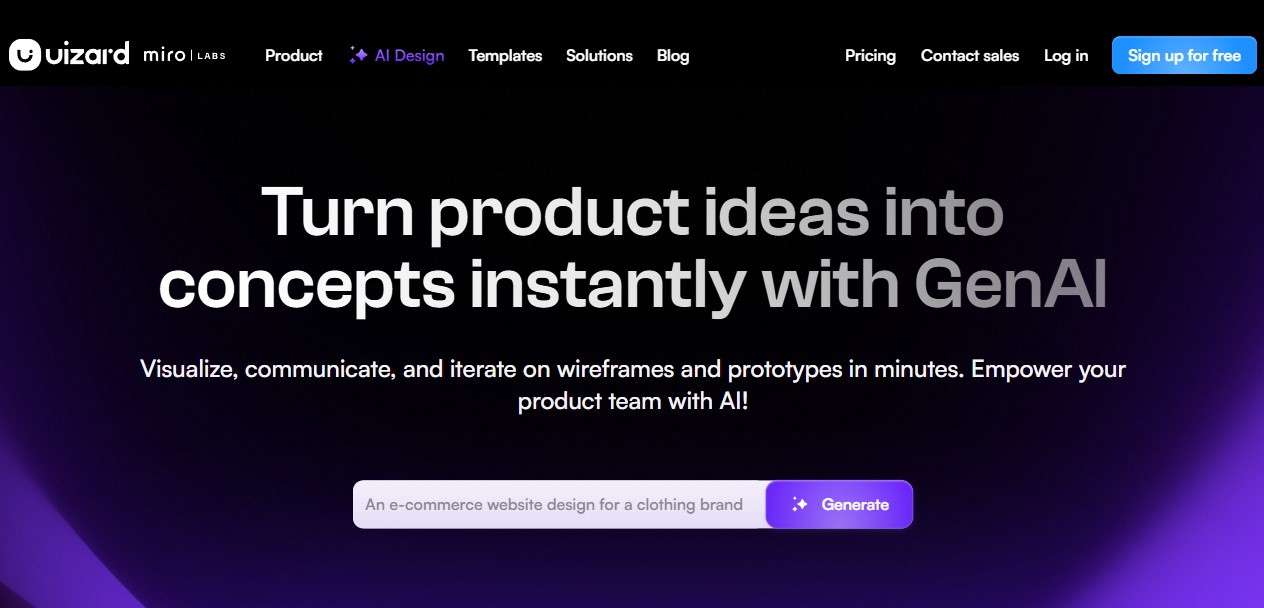
Uizard is a capable AI-driven creation platform that can turn hand-sketched doodles on notebook into realistic virtual prototypes. You can just snap a snapshot of a draft in your journal, and Uizard's AI will transform it into an editable prototype with regular user interface parts. It also has a strong "Autodesigner" option that can build multiple-page models from worded requests, turning it a versatile instrument for rapid prototyping.
Khroma
Khroma is a individualized AI palette generator for visual artists. You commence by deciding on fifty of your beloved colors, and Khroma utilizes a deep learning system to ascertain your likings. It then generates an unlimited array of distinctive, pentachromatic combinations that are fitted to your specific aesthetic. It's a excellent way to discover new and unpredicted color combinations that you are numerically likely to cherish, liberating you out of your usual creative habits.
